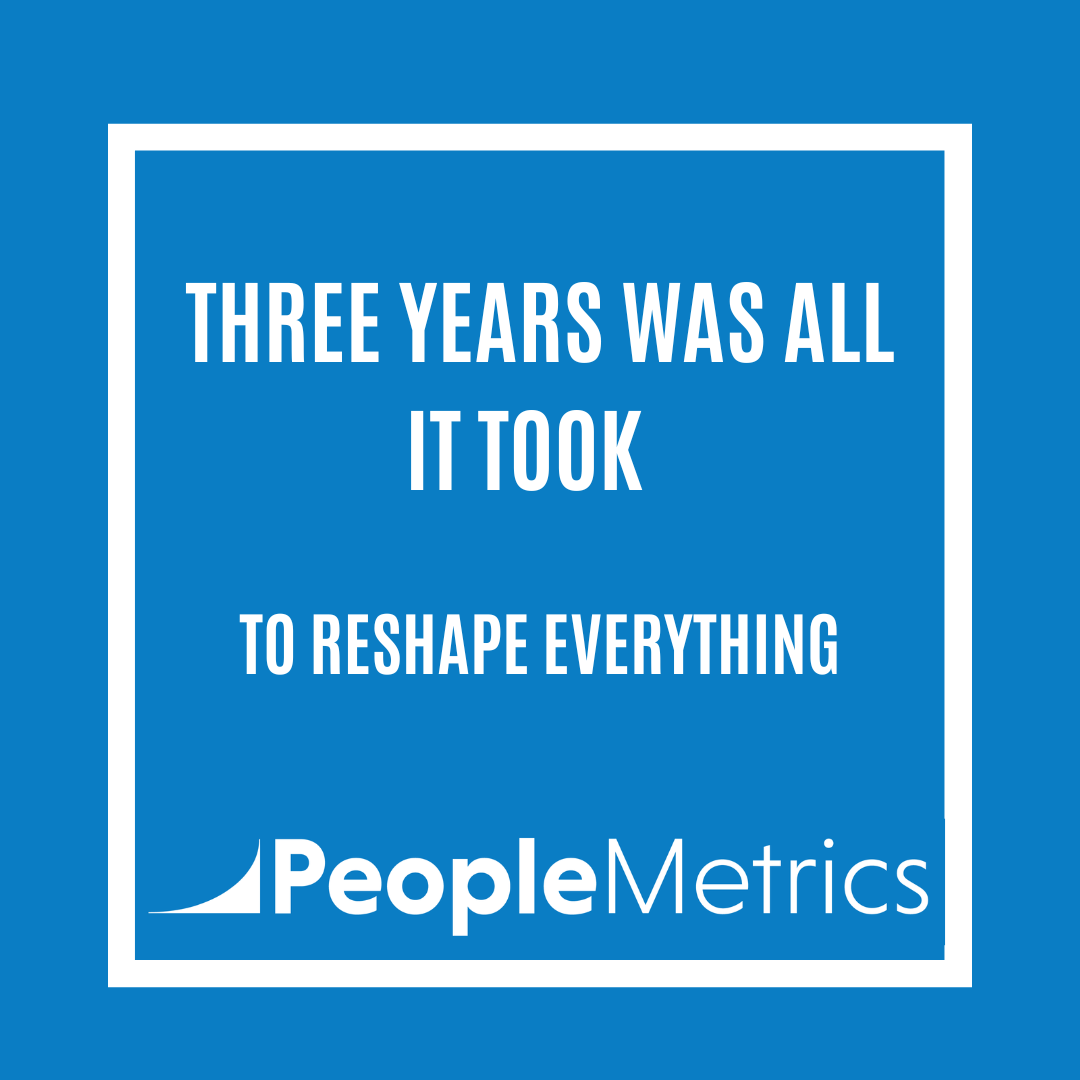
Customer trust is a topic that we are seeing in more and more of our clients’ customer feedback data. We have learned that customers define trust in two ways:
-
The firm conviction in the reliability of an organization’s services, and
-
The belief that they have your best interests in mind.
If we get trust right, there are great benefits to be realized including undying customer loyalty to the brand and positive word-of-mouth.
Of course, the flip side is also true. Doing something to break a customer’s trust is perhaps the most damaging action for any business to make. Not only does lost trust equal lost business but it also means a bad reputation spread socially. And a bad reputation spread socially means lost revenue. (We wrote previously about how customer feedback management led to a fallout on Twitter.
Customer Trust: The Goal of Many
We are not only seeing customer trust come up for our own clients – across different sectors – but also hearing about it in the media and from the thinkers we follow. For instance, in the Brand Innovator series from Content Standard, Carmen Vetere from startup Gazelle says:
“Much of the marketing work at financial services companies is about driving trust with the customer. With Gazelle being in a new category, establishing trust with customers has been crucial to our growth as well.”
And, CMO.com.au recently reported a shift in Lloyds Banking Group’s strategy to modify their corporate culture to focus on the customer and build trust. You can read more in this article. Sergio Vieira, head of customer insights and interaction, says:
“We are trying to now build customer trust by putting them at the heart of decisions, using data-driven insights, and create a win/win/win for us, our customers, and our shareholders.”
Customer Trust and Me
And then there is my story.
It starts with my hatred of doing laundry. It’s boring, tedious, and I could be doing things much more entertaining (like writing blog posts or performing analysis on data). So when I moved, 3 years ago, I went on a hunt for a drop-off laundry place.
When I found Polly’s, I was in heaven. A dollar a pound for never having to do laundry again? Fantastic!

Choosing to partake in a drop-off laundry service requires a certain amount of trust in the business already. You start to wonder: will they shrink my favorite sweater? Will they lose my socks? Will they flat-out take my favorite pair of jeans?
For me, my dislike of this chore pushed me to take that leap of faith faster than someone else might.
Polly’s did a good job of building a solid foundation of trust. They didn’t lose my socks. My jeans always came back clean and folded and my favorite sweater retained its shape. But in the end, securing my trust came down to a mere $20 bill.
I’m notorious for leaving things in my pocket, be it headphones, chapstick, hair bands, whatever. This awesome place always ties whatever relics I leave in my pockets into a plastic bag and places them into the bag I dropped my clothes off in. And then one day, the sweet ladies at Polly’s discovered $20 I had misplaced – and gave it right back to me.
I’m not sure about you, but if I left $20 bucks in any of the other places I frequent, I’m pretty sure I never would have seen it again. But Polly’s Laundromat employees are honest – and because of that I won’t go anywhere else… ever. Not because they saved my twenty, but because they restored a little bit of my faith in humanity.
So how do I build customer trust in my company?
So, what are the steps needed to secure customer trust?
-
It begins with reliability. First, you have to have a clear understanding of where the breakpoints are – when do you disappoint customers and fail to be reliable?
-
Next, you build a plan for responding to disappointment and broken trust. A real-time Voice of the Customer software program will allow you to be aware of issues as they happen so that you can fix them before they damage the relationship and your reputation.
-
Third, you’ll need consider how to improve processes so that the broken elements of your experience are eradicated forever.
But, ultimately, trust is a cultural issue. I wrote previously on Vladimir Gendelman’s approach with his company Company Folders. Vladimir has a beautiful foundation for his hiring policy. He only hires people he trusts, so that they can do the right thing, at the right time, for their customers.

While there is so much buzz about taking an Outside-In approach, it is our belief that when it comes to building customer trust, it starts inside. It starts with who you hire, as well as how you lead and manage. Do your employees trust you? Do you trust them? Without doing the right thing for your people it is unfair to expect them to do the right thing for your customers. What would happen if you put your organization to the $20 Trust Test? (I double dog dare you…)
-Xand Griffin





